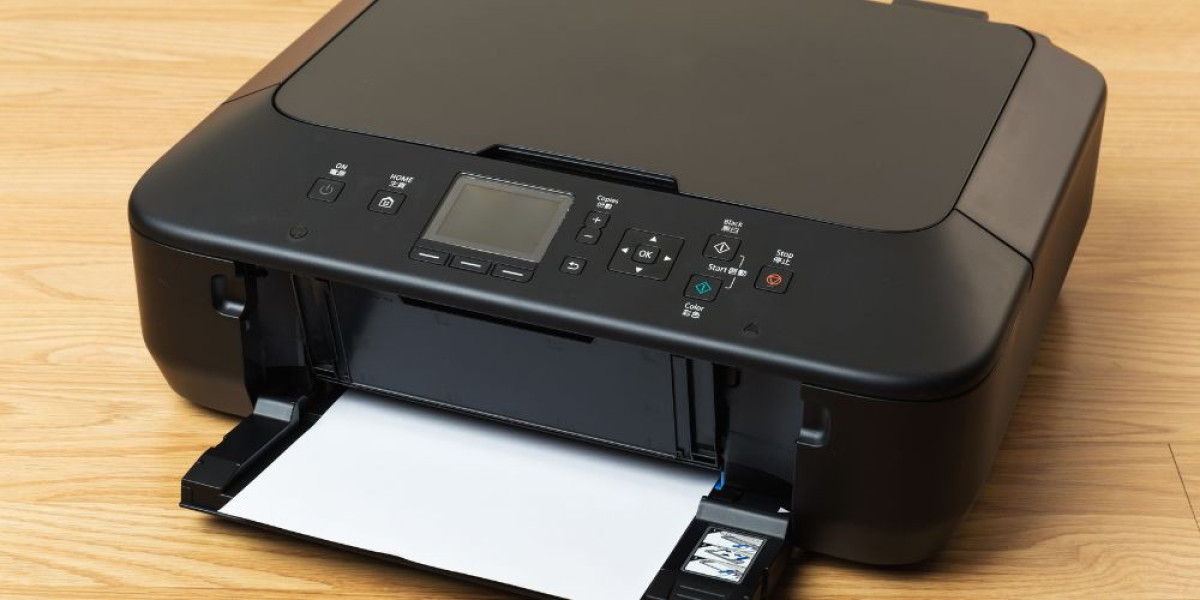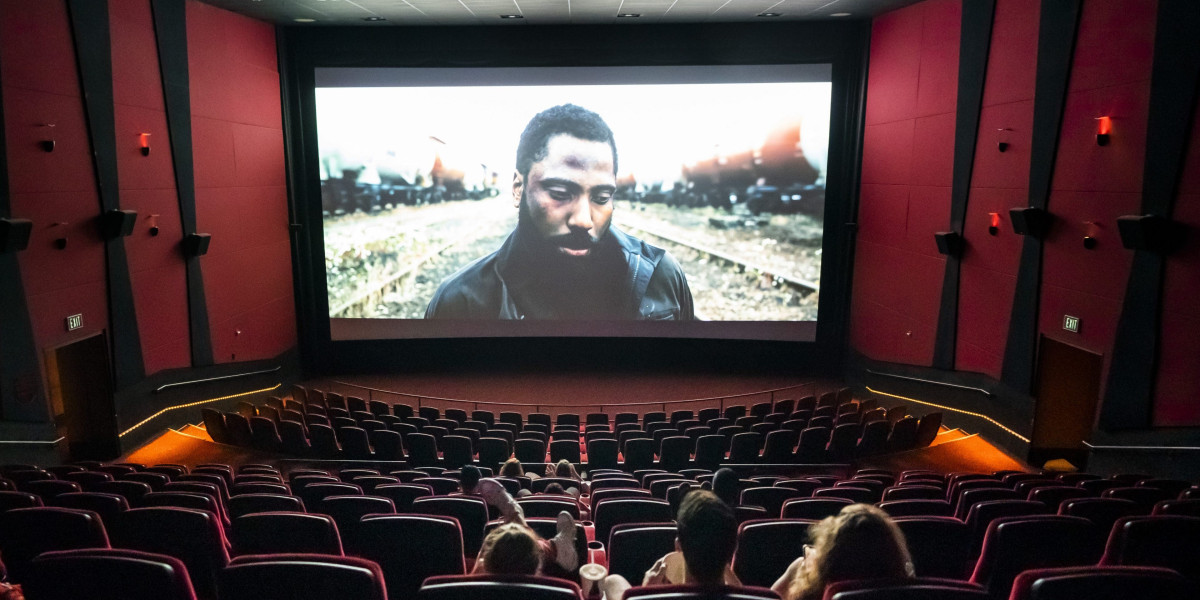Running a restaurant is all about timing and efficiency. From the moment an order is placed to the moment it reaches the customer, every step needs to flow smoothly. One of the most important tools in this process is a reliable kitchen printer. Without it, orders can get lost, delayed, or misread, which can create chaos in even the most organized kitchens.
A kitchen printer isn’t just a small piece of equipment—it’s a vital part of your restaurant’s operation. Unlike regular receipt printers at the front counter, kitchen printers are designed to withstand heat, moisture, and heavy usage. They ensure that your chefs and kitchen staff get accurate, easy-to-read tickets that keep orders moving quickly and efficiently. Choosing the right kitchen printer can make a significant difference in both the speed of service and the overall experience for your customers.
Understanding Kitchen Printers
Before comparing models, it’s important to understand the types of kitchen printers available. There are mainly two types: impact printers and thermal printers.
Impact printers, also called dot-matrix printers, work by physically striking an ink ribbon against paper. This makes them very durable and able to produce multiple copies at once. They are ideal for busy kitchens where tickets need to last or be copied for different stations.
Thermal printers, on the other hand, use heat-sensitive paper to produce prints. They are faster, quieter, and don’t require ribbons or ink, making them easier to maintain. However, they can be more sensitive to high heat or humidity, which can make the prints fade over time.
Why the Clover SP700 Stands Out
The Clover SP700 is a popular choice for many restaurants because it combines reliability with durability. It is an impact printer, which means it is built to handle tough kitchen environments. It can print multiple copies of an order, so each station in the kitchen gets the ticket it needs.
One of the key advantages of this printer is its loud, mechanical “ding” when a new ticket is printed. In a noisy kitchen, this sound helps chefs know immediately that a new order has arrived. The SP700 is also built to handle continuous printing without breaking down, which is critical during busy meal times.
Another benefit is its versatility. It supports different connection options, including USB and Ethernet, making it compatible with most point-of-sale systems. The printer’s durable design also protects it from grease, spills, and steam, ensuring long-lasting performance.
If you want to see more about how this printer works in a real restaurant setting, check out the clover kitchen printer sp700 for more details.
Other Impact Printer Options
While the SP700 is a strong option, there are other impact printers available. These printers are also very durable and can produce multi-part tickets for busy kitchens. They work well in high-temperature or high-humidity environments and are ideal for restaurants that need carbon copies of every order.
The main difference between the SP700 and other impact printers is often speed and connectivity. Some older or more basic models may not have as many connection options or may be slightly slower, but they are still reliable for day-to-day kitchen operations.
Thermal Printers: Fast and Quiet
Thermal printers are becoming more common in modern kitchens, especially where a cleaner, quieter environment is preferred. They are faster than impact printers and require less maintenance because they don’t use ink ribbons.
Thermal printers are also great for kitchens that use a digital display system or for takeout orders that need labels. They can print quickly and quietly, which helps reduce distractions in the kitchen.
The main downside of thermal printers is that tickets can fade when exposed to heat or steam. Unlike impact printers, they don’t make a sound when printing, so staff may need visual alerts to notice new tickets.
Hybrid Printers: Combining the Best of Both Worlds
Hybrid printers combine the features of impact and thermal printers. They can print fast thermal receipts for front-of-house use while also producing durable impact tickets for the kitchen.
These printers are a good choice for restaurants that want a single device to handle both customer receipts and kitchen orders. The downside is that hybrid printers are usually more expensive, and having two printing mechanisms can mean more maintenance.
Small or Budget-Friendly Options
For smaller restaurants or cafes with lower order volume, simpler thermal printers may be sufficient. These are easy to maintain and inexpensive, but they may not withstand the toughest kitchen conditions as well as an impact printer.
Older dot-matrix models can also work for smaller operations, offering durability at a lower cost. However, they may lack modern connection options and advanced features that newer printers provide.
Conclusion
The Clover SP700 remains a top choice for restaurants with demanding kitchens. Its impact printing technology, durability, and audible alerts make it perfect for high-volume, multi-station kitchens. However, thermal and hybrid printers offer flexibility, speed, and modern features that may suit newer, tech-driven kitchens.
Choosing the right printer comes down to matching the printer to your restaurant’s needs. Whether it’s a heavy-duty impact printer like the SP700 or a fast, quiet thermal option, investing in the right kitchen printer will help your kitchen run smoothly, keep staff organized, and ensure customers get their orders quickly and correctly.






